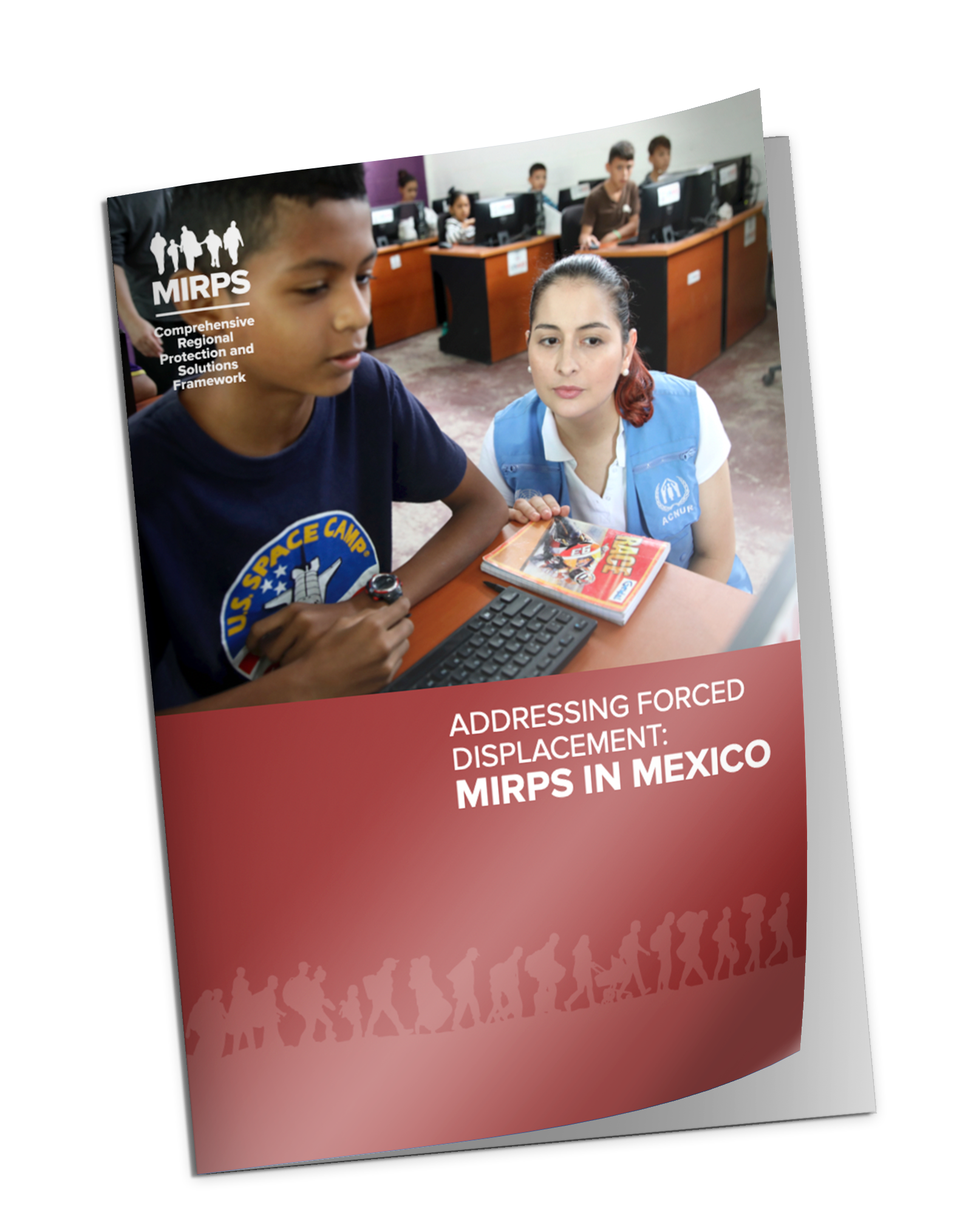Mexico
MIRPS in Mexico
Mexico has received increasingly complex mixed flows of migrants and refugees from the region in recent years. The social, political and economic situation of various countries in the region, the restrictive asylum and migratory policies of neighboring countries and the geographic location of Mexico, among other factors, have contributed to an exponential increase in applications for refugee status. Claimants include many children and adolescents fleeing with their families but also a rising number who are unaccompanied.
Mexico has participated in MIRPS since 2017 and has sought to implement a range of commitments to provide protection and solutions for the forcibly displaced. However, additional support from the international community is needed in relation to specific commitments. In particular to strengthen public services in the host communities in the southern states of Mexico (Chiapas and Tabasco) where most asylum-seekers arrive, especially in the areas of public health and education. The commitments made in the MIRPS process are complemented by a number of pledges made during the Global Refugee Forum.
National Action Plan Focus Areas

Protection
17 commitments

Jobs and Livelihoods
5 commitments

Education
1 commitment

Health
2 commitments

Social Protection
8 commitments


